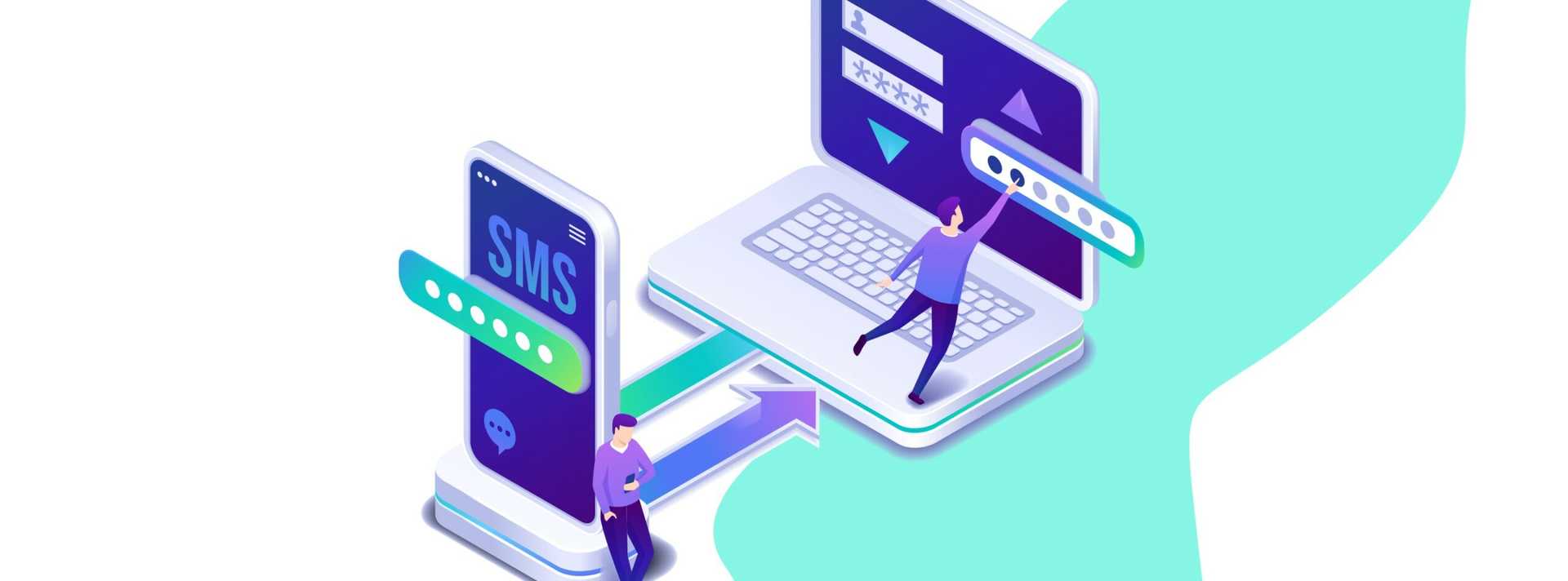
September 20, 2022
The Internet allows everyone to explore the web and create personal accounts on various platforms, hence, it’s safe to say that email addresses and passwords are the identity of netizens. And because of rampant cyberattacks, users aim to protect themselves from cyberattacks by frequently changing and choosing strong alpha-numeric-special-characters passwords. However, passwords alone aren’t enough to provide adequate data security nowadays.
The volume of data breaches continues to rise without fail as cybercriminals discover new and sophisticated ways to compromise unsuspecting individuals’ accounts. But thanks to recent technological advances, individuals and organisations have the opportunity to utilise multi-factor authentication systems to safeguard their identities and sensitive data.
This highly effective method reduces the consequences of poor password hygiene and prevents identity thefts. In this article, we’ll discuss everything you need to know about the importance of implementing MFA into your day-to-day online activity.
Let’s get started!
All About Multi-Factor Authentication
MFA refers to methods that authenticate whether a user’s identity is genuine. It typically requires a user to provide two or more pieces of factors for authentication purposes along with their usual account password. One of its fundamental objectives is to add several layers of authentication factors to increase security. Software based Two-factor authentication:
Along with passwords one of the most common methods used for 2fa are Time-Based-One-Time Passwords or TOTP. Most common TOTP applications are Google Authenticator and Authy.
These apps provide a unique combination of numeric keys generated by a standardized algorithm to users who sign in to platforms where 2fa is needed along with password. Quite a lot of services including GMail, Github allow adding TOTP 2fa.
Hardware based Two-factor authentication:
On the other hand, users who prefer a stronger MFA method could invest in hardware authenticators like YubiKey. This device, when plugged into your workstation generates a unique code that the service can use to authenticate your identity.
In addition, it’s a more secure system because it’s a hardware device which needs to be connected to a computer while authenticating the user account and it produces more extended codes, making it harder for hackers to guess, without physical access to the device.

3 Types of Authentication Factors
Something you know – knowledge
Of course, the most common knowledge factor is a password. However, there are other types of knowledge factors, such as passphrases, PINs, and security questions. Although these have provided excellent security in the past, they aren’t as effective now that new generations of cybercriminals have surfaced.
Something you have – possession
Possession factors encompass smartphones, hard tokens, soft tokens, smartcards, and key fobs. For example, users typically need to insert smartcards into devices, receive a One-Tip Passcode (OTP) on their smartphones, or receive unique codes from physical tokens.
Something you are – inheritance
Inheritance factors are the unique physical traits that users possess. These are verified through voice or facial recognition, retinal scans, and other striking methods.
The Benefits of Using Multi-Factor Authentication
Effective cybersecurity solution
With an MFA system in place, hackers will have a tough time entering your network because it implements strict security measures. Moreover, you can make hackers’ tasks even more difficult by using strong and complicated passwords, mainly if the MFA is used together with an SSO solution.
Verifies user identity
MFA is a valuable tool for protecting sensitive data against identity breaches and theft. By using this strategy, the security of the traditional username and password login is reinforced by another layer of protection. In addition, cybercriminals will find it difficult to crack the given TOTP because it’s a complex combination that only works for a specific period – typically within seconds or minutes.
Hassle-free implementation
By its nature, a multi-factor authentication system is non-invasive. It wouldn’t affect anything within your device’s virtual space, making way for a hassle-free implementation. In addition, it boasts an intuitive user experience, helping you quickly acclimate to the system.
Meets regulatory compliance
Organisations that use multi-factor authentication are hitting two birds with one stone – data security and compliance risk management. For example, PCI-DSS requires MFA implementation in certain situations to stop unauthorised users from accessing systems. So despite application updates with unattended consequences, MFA compliance ensures that the system remains virtually non-intrusive.
The Takeaway
Now that the world is in the digital age, Internet users continue to face cybercriminals’ deceptive tactics to gain their login credentials. And in this day and age where identity is considered the new perimeter, individuals who don’t utilise multi-factor authentication are playing with fire.
The use of multi-factor authentication is a smart and proactive choice, both for individuals and corporations. So if you’re looking for a convenient, innovative, and efficient way to add another layer of protection to your online accounts, MFA would be your best choice. Do you use any MFA technique ? If yes do tell us about it in the comment section below.
Recent Posts

August 27, 2025
How to Find the Right Learning Path When You’re Switching to a Tech Career
See post

August 27, 2025
The Hidden Challenges in Software Development Projects: Key Insights from Our Latest Survey
See post

August 22, 2025
Developer News This Week: AI Speed Trap, GitHub Copilot Agents, iOS 26 Beta Updates & More (Aug 22, 2025)
See post